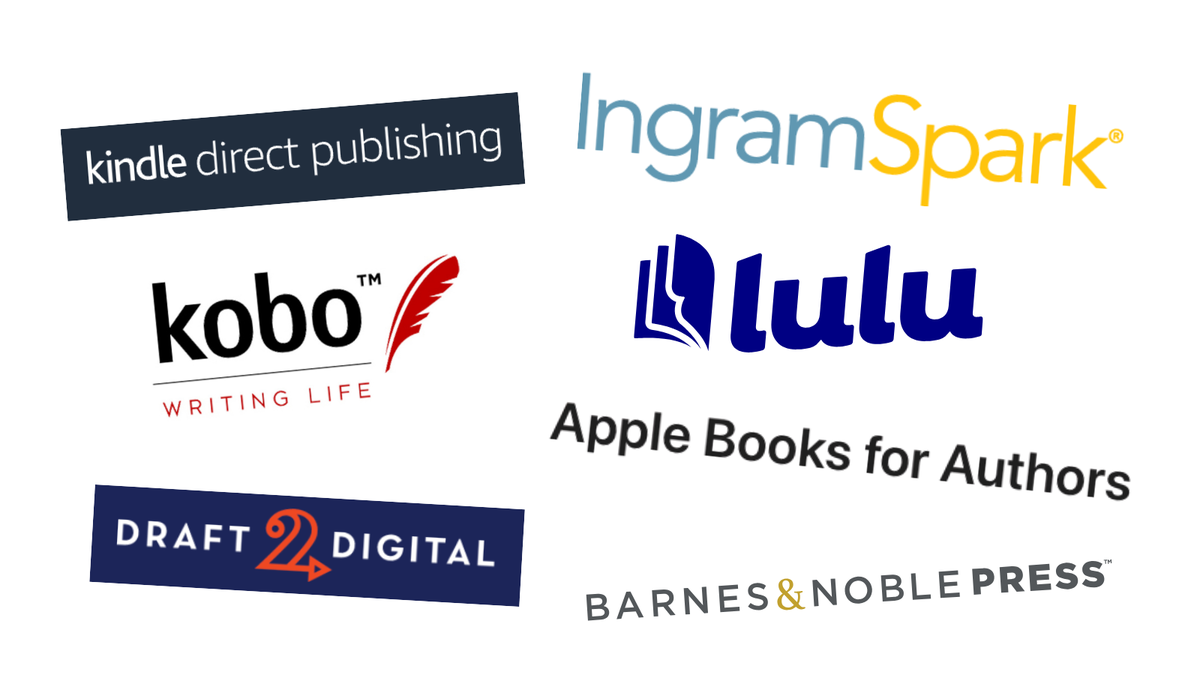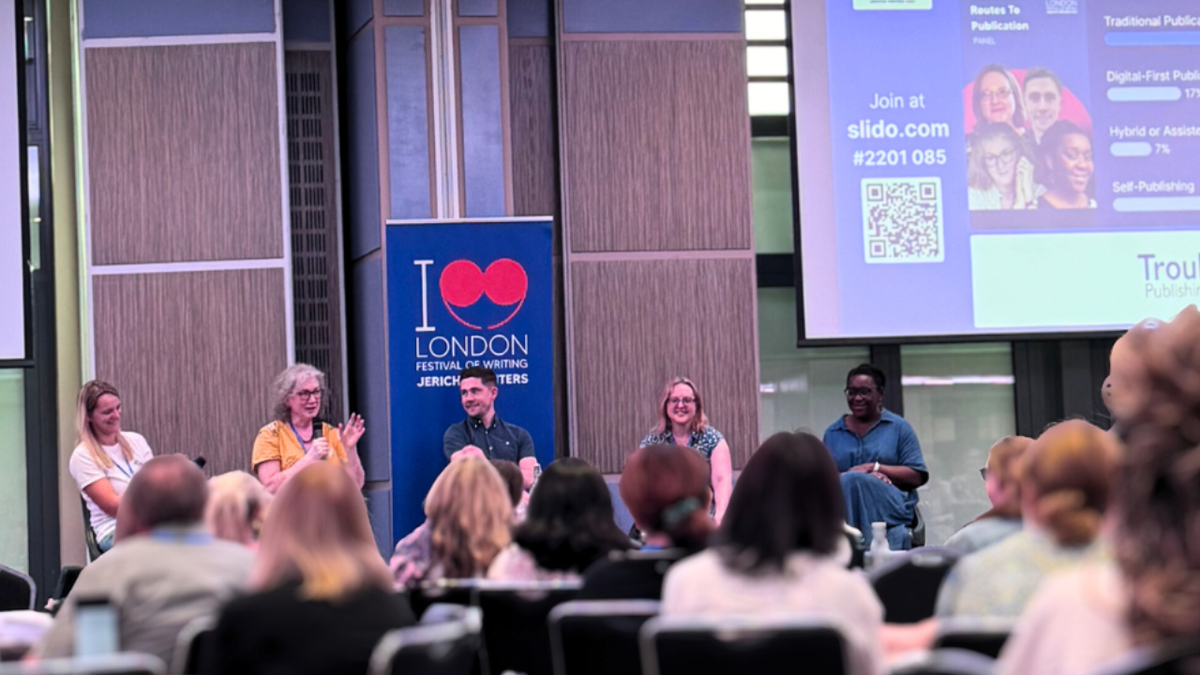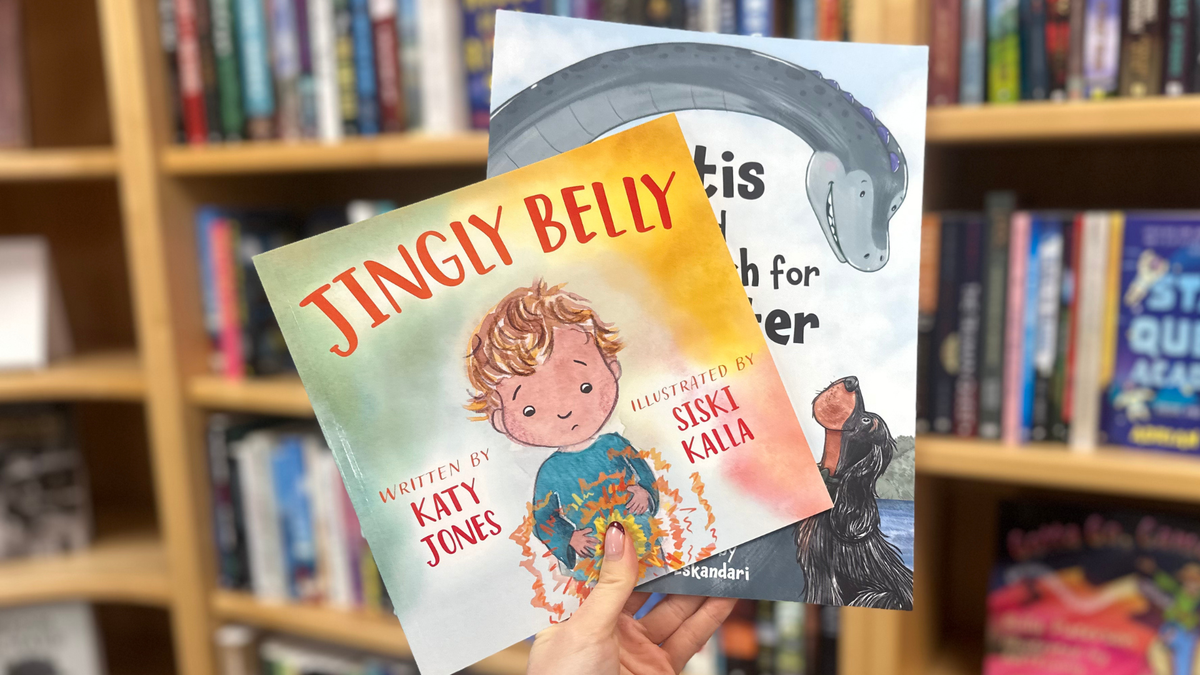
17th July, 2024
6 min read
Everything an Author Needs to Know About the Bestseller Lists
Written by:
Jane Rowland
Many authors dream of writing a bestselling book, but how does the book industry define what constitutes a bestseller? This blog not only explores what defines a bestseller but also looks at the techniques an author can employ to work towards increasing their sales.
How Bestselling Books Are Recorded
The UK has several bestseller lists, which are managed by different organisations and record information about book sales or sales charts in different ways. That is why you’ll often see different bestseller lists featuring slightly different books. Consumers might expect that books featured on bestseller lists have earned their place due to the volume of that title sold in a given period – but is this always the case? The most notable list of bestselling books in the UK include:
1. Nielsen BookScan TCM
Nielsen BookScan TCM is the world’s largest book sales tracking service which collects data at the point of sale – so either directly from tills or from the sales systems (POS) of over 6,500 book retailers in the UK. The data from Nielsen BookScan is then used to create bestseller charts, such as those you will see in national newspapers and The Bookseller Magazine, among others. BookScan reports only sales of printed books, so excludes ebook and audiobook sales.
2. The Sunday Times Bestseller List
The Sunday Times claims to be the ‘UK’s definitive book sales chart’. The list is compiled from the data provided by Nielsen BookScan (discussed above) each Saturday. The data then appearing in The Sunday Times makes this a widely regarded bestseller list – which is why you’ll see authors and publishers happily referring in their marketing to accolades such as: ‘A Sunday Times Bestseller!’ or ‘A Sunday Times Bestselling author!’
3. Amazon Best Seller Ranks
You might also see authors and books being referred to as ‘Amazon bestsellers.’ In this case, the data is based on sales via one channel, Amazon, rather than sales across the wider UK book marketplace. Amazon bestseller ranks are updated hourly and reflect both recent and historical sales on the Amazon platform for that product. Amazon also ranks books in smaller genres and subcategories to help users identify the more like-for-like performance of sales rank. Getting a good Amazon bestseller rank ensures your book gets more visibility and therefore possibly more sales, but it’s very competitive. Keywords, curated content and making use of Amazon promotions can all be part of the mix to climb the sales ranks.
4. Waterstones Bestseller List
As one of the largest book retailers in the UK, Waterstones also publishes its list of bestsellers, based on sales within its stores and online store. Again, the list of books highlighted as bestsellers by Waterstones will therefore look a little different to those featured on the Nielsen BookScan generated lists and those being ranked as bestsellers via Amazon. Other high street retailers also create bestseller lists – and the criteria used on those can vary.
WH Smiths had once offered paid-for promotional slots to get a place on their bestseller lists, but these are now based on a blend of sales data and the books their head office buyers predict will sell well via the retailers.
5. Reader and Influencer Charts – BookTok via TikTok, Goodreads, Social Media etc.
Online influencers and social media platforms which celebrate books and reading also allow users to curate and make their own charts – ‘best books’, ‘most read books, ‘books added to wish list’. These are not bestsellers or charts based on retailer sales data, but more of a reflection of the buzz and excitement within reader communities. For self-publishing authors, interacting with these channels is very worthwhile and can help to boost readers’ engagement with a title, helping the book to get noticed among a community of readers.
How Do We Define a Bestselling Book?
As you can see, each bestseller chart has different criteria for measuring what makes the list – so how do we actually define what a bestseller is?
Sales Volume: Volume means the number of copies sold within a specific period, typically a week. For the different sales charts looked at above, this might be across all registered retailers (BookScan) or on data based on specific retailers (Waterstones). A big question is ‘how many copies does it take to be a bestseller?’ and there is no simple answer. It depends on the chart, the channel, or the methodology of the data collection. For example, selling volume copies of paperbacks directly from an author or publisher's website are not seen via the retailer POS systems that feed into BookScan, and so such sales will not be picked up and recorded in their results.
Reviewing BookScan data for the week ending 6th July 2024 in The Bookseller, we can see that the top-selling book was Reckless (Lauren Roberts) which sold just over 38,000 units in that period (a week). However, entering the charts in the number 50 position, Butter (Asako Yuzuki ) sold 3542 units in the same period – both appear in the ‘Bestseller top 50 chart’ for that week in different positions, but the volumes sold are very different.
Sales Velocity: The speed at which the book sells can influence its position on a bestseller list – not just the volume of the total market sales – this is especially so with Amazon bestseller ranks.
Category and Genre: Bestseller status can be specific to a particular category, genre or subgenre. While some charts break sales down into fiction, non-fiction and children, Amazon has bestseller ranks in many subgenres, allowing authors and readers to see more like-for-like results.
What Makes a Bestseller?
Publishers might have a feel for what will sell based on their knowledge of the market, an author’s reputation and a carefully plotted marketing campaign, but they can never guarantee a bestseller. Every year amongst the big lead titles that are published, there are some ‘under the radar’ books that break out and find a market that no one was expecting, and the predicted big sellers can perform better or worse than planned. There is no hard and fast formula as to what will guarantee a bestselling book.
For indie and self-publishing authors without the backing of big marketing campaigns and sales into retailers, they must concentrate on putting the building blocks in place to ensure they publish successfully, even if not as a bestsellers.
This involves having:
- Produced a well-written and well-edited book.
- Beautifully packaged product – a book that can grace any bookshop with a genre-suitable cover and top-class blurb.
- Great availability – good distribution into as many retailers as possible across all channels.
- Marketing and promotion ideas or support – based on what will work for that title and genre.
- Author networking and interaction on social media and/or with readers to get word-of-mouth reviews and recommendations.
Troubador helps hundreds of authors a year with all of the above and more, ensuring that we know what ingredients are required to give books the best chance of making it onto the above-mentioned lists.
Earning the moniker ‘bestseller’ in the UK book industry can be complex and depends upon many factors. For indie authors, reframing the conversation around being a successful seller rather than a bestseller allows you to break down your marketing and sales opportunities into easier-to-reach goals by flexing different channels, making steps along the way to discoverability rather than one harder-to-reach shot as a bestseller.












